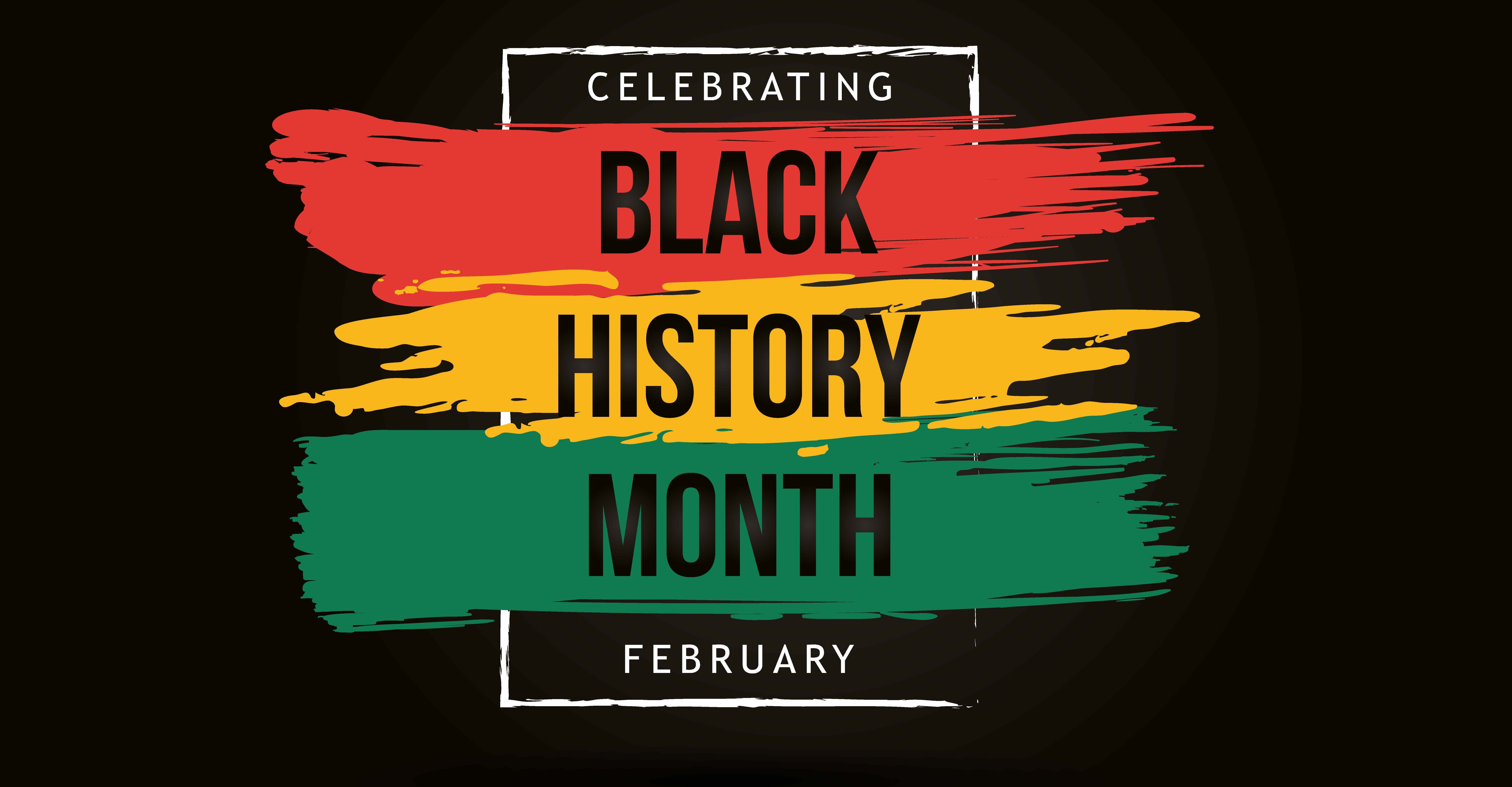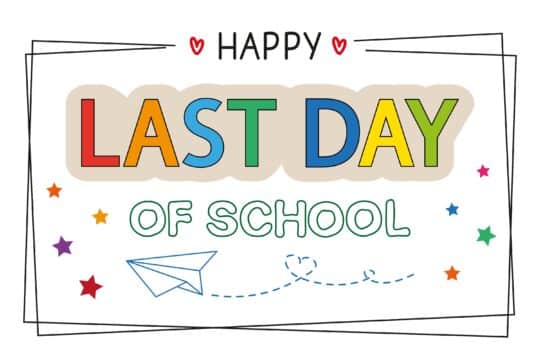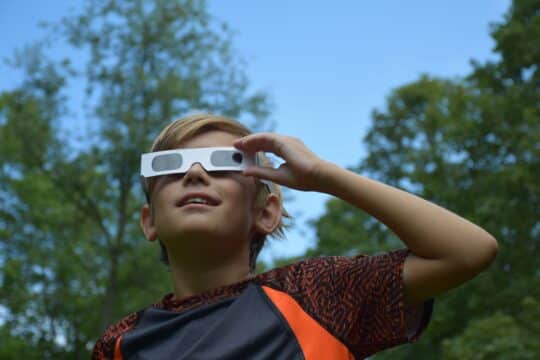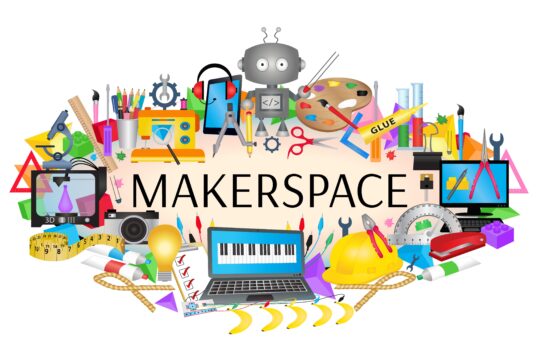What is Black History Month?
Black History Month is an annual celebration of the history and accomplishments of African-Americans in the United States during the month of February. This important month-long event is also celebrated throughout several different countries in the world as well. Black History Month is a special time of remembrance as history is revisited in order to gain a greater appreciation for the here and now for all African-Americans. Although the origins of Black History Month can be traced all the way back to 1926, it did not officially become a national observance until 1976 by President Gerald Ford. Since then, each month of February has been dedicated to remembering and acknowledging all that entails African-American history.
Why is it Important for Students to Celebrate Black History Month?
Black History Month teaches students how African-Americans struggled to gain simple freedoms that others were granted so easily. In our country’s past, African-Americans have been forced into slavery, treated inhumanely, and denied rights and freedoms simply because of the color of their skin. Through studying African-American history, students can visualize how this mistreatment of Black people was cruel and unnecessary.
It is also extremely important to celebrate Black History Month because it does draw attention to the shortcomings of the past (i.e. slavery, civil rights, etc.). These flaws in American history should never be ignored or looked over. It is equally important that these shortcomings be understood so that they are never repeated in the future. Through studying this history, students learn that all are created equal regardless of the color of their skin. It makes students aware of racial injustice and how they can make a difference if they exude perseverance and determination.
Activities for Celebrating Black History Month in Your Class
ELA
I Have a Dream Writing Activity: At the completion of a study about Martin Luther King Jr., you may direct your students to write about their own dreams. These dreams can be personal or dreams for the world in general. This is an excellent activity for students of all ages. Primary and elementary grade students can write about their dreams and paint or color a picture that accompanies them. As an extension for older grades, middle and high school students can use the basis of their writing to create a speech that is presented to classmates.
Read a Book: One of the simplest things that you can do to introduce students to Black History Month is read a book! Books immerse readers into a new world, and they allow students to place themselves in another’s shoes. Stories such as Mae Among the Stars, Last Stop on Market Street, and Minty are just a few examples of literature for elementary students, but there are numerous others that provide insights into African-American history. This activity is more catered to younger readers and students, but there are more appropriate books that are suitable for older students that you may choose to use in your classroom as well.
Social Studies
Take a Virtual Field Trip: In order to advance student understanding of the history of African-Americans, students may take a virtual field trip to an area of significance. Students could take a virtual trip to view a slave plantation (via the Whitney Plantation in Wallace, Louisiana, Magnolia Plantation in Charleston, South Carolina, etc.) to better grasp why slavery was such a problem and put to an end. Students could visit Washington DC to learn more about Martin Luther King Jr. and his famous speech that inspired so many to seek out their dreams and peacefully stand up for what is right.
Jazz music is a huge African-American accomplishment so why not have students visit where it all began? Students could virtually explore Harlem in New York City to experience early jazz music and learn how African-American spirituals were the inspiration for its strong rhythm patterns and periods of improvisation. The purpose of a virtual field trip is to bring history to life to make learning more meaningful and engaging for students. Virtual field trips can be used at any grade level making them a versatile student activity during Black History Month.
Create a Timeline: In order to understand how African-Americans were treated in American history, students could create a timeline of events that are significant. Students must research African-American history, and through the tools of selection and evaluation, they must determine which events are most important to place on the timeline. This type of activity can be completed as a group or individual project, and in some cases, students would need to develop the timeline over several class periods due to the amount of research needed. Although this activity is more suitable for older students (middle and high school), it can most certainly be adapted for younger students through teacher guidance.
The Arts
Underground Railroad Performance: Another activity that is easily adapted and suitable for various grade levels is the viewing of a play and/or musical showing the conditions surrounding slavery and the Underground Railroad. The musical, Freedom Train, is an excellent depiction of Harriet Tubman and her journey to freedom through the Underground Railroad. It outlines the hardships surrounding slavery and helps student gain a greater understanding of why slavery needed to be abolished. It also helps to develop empathy in students.
Learn or Create a Spiritual: To pass the time and keep their spirits high, slaves created and sang spirituals. These songs were intended to help slaves keep their faith and continue on despite the devastating conditions many of them faced. Songs like “Free at Last,” “Go Down Moses,” and “Didn’t My Lord Deliver Daniel” are just a few examples. Spirituals, like “Wade in the Water,” were also used as code during the time of the Underground Railroad. Students could learn to sing a spiritual or study spirituals in order to create their own based on their understanding of slavery. This activity is appropriate for students of all ages.




